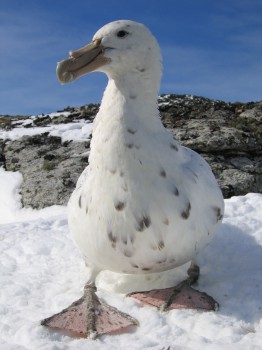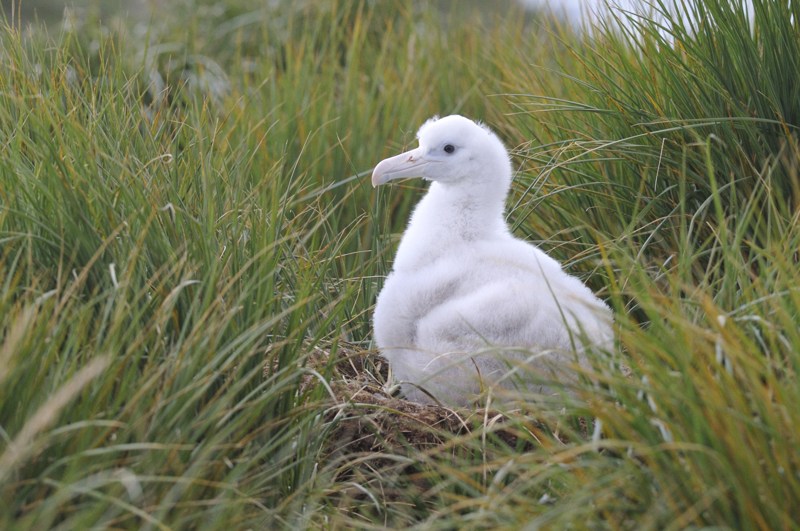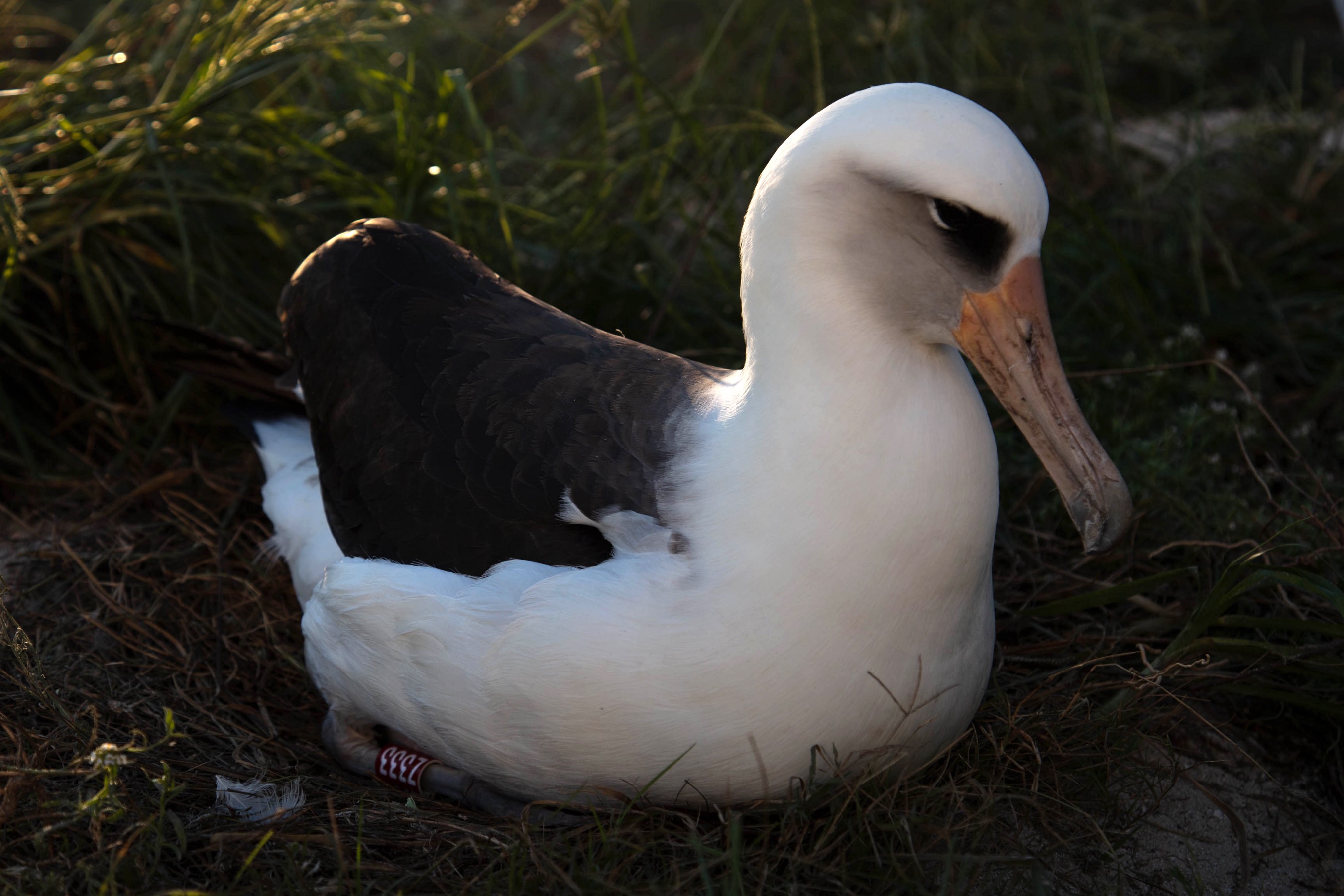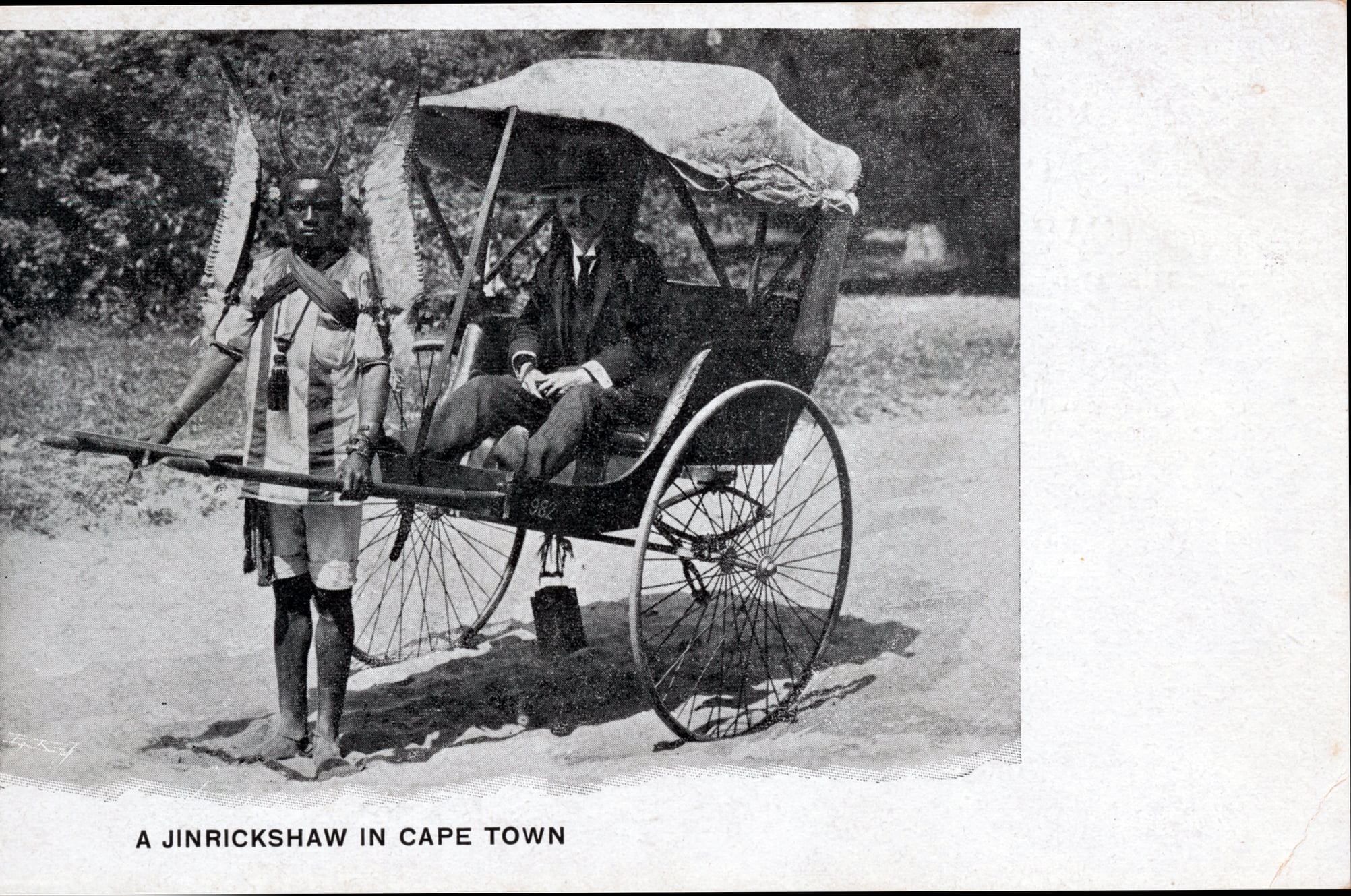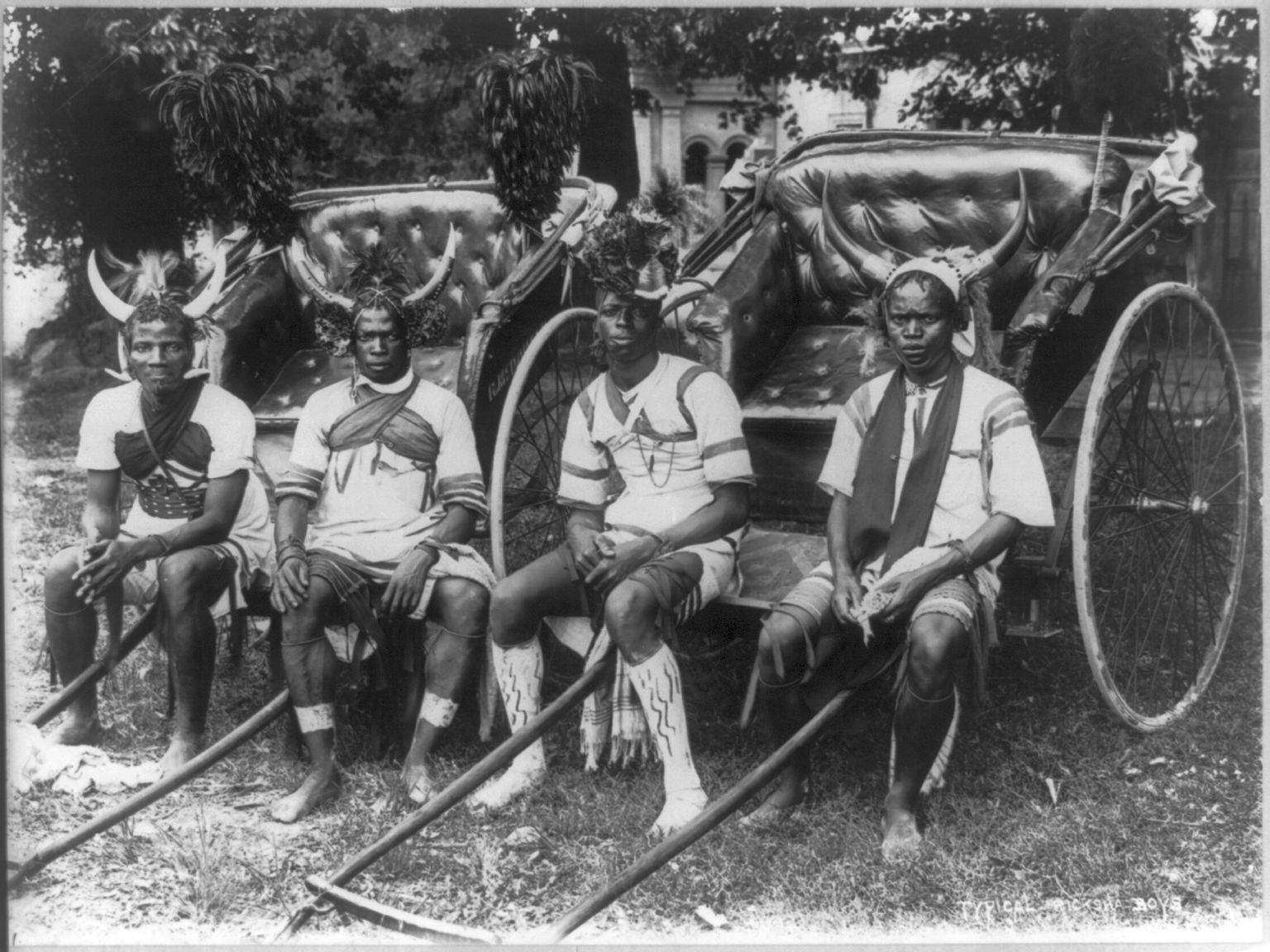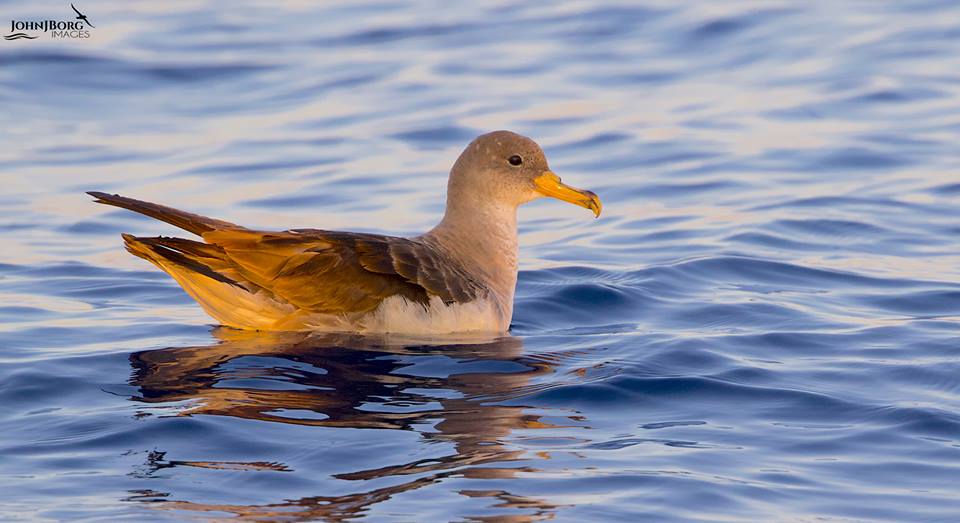
Scopoli's Shearwater at sea, photograph by John Borg
Laura Zango (Institut de Recerca de la Biodiversitat, Universitat de Barcelona, Spain) and colleagues have published in the journal Animal Behaviour on niche partitioning in Scopoli's Shearwaters Calonectris diomedea.
The paper’s abstract follows:
“Niche partitioning among different age, breeding status or sex classes allows resource use to be maximized while reducing intraspecific competition. Individual specialization marks the finest scale of niche partitioning where, within a species, individuals differ in their realized niches. Despite having important implications in ecology, evolution and conservation, studies simultaneously addressing the occurrence of both phenomena are scarce. We studied niche partitioning and individual specialization in foraging behaviour in relation to age, breeding status and sex using breeding, nonbreeding adult and immature Scopoli's shearwaters, Calonectris diomedea, in Minorca (Balearic Is.) during chick rearing in 2017 with GPS loggers and stable isotopes. Compared to adults, immature birds seemed to exploit a larger area at the population level, possibly to avoid competition. We found similar levels of individual specialization in immature and adult birds, which suggests the former have well-defined foraging strategies prior to prospecting the colony. For breeding status, we did not find niche partitioning or differences in individual specialization, suggesting nest attachment and pair bonds also lead to central-place foraging in nonbreeding adults. Male breeders showed greater individual specialization than female breeders in trip characteristics. At the same time, individual specialization in isotopic diet was higher in females than in males. These opposite patterns are possibly driven by a greater use of fishery discards by males, which would underlie their individual strategies of following vessels, resulting in a highly variable diet, since discarded prey types vary more than naturally accessible prey. Our results suggest that seabirds acquire individual strategies early in life and, once they are sexually mature, breeding constraints do not result in differences in feeding behaviour between breeders and nonbreeders. Finally, we showed that sexual differences in individual specialization can apparently emerge even in slightly dimorphic species sharing breeding duties.”
Reference:
Zango, L., Navarro-Herrero, L., García-Vendrell, M., Safi, K. & González-Solís, J. 2020. Niche partitioning and individual specialization among age, breeding status and sex classes in a long-lived seabird. Animal Behavour doi.org/10.1016/j.anbehav.2020.10.001.
John Cooper, ACAP Information Officer, 10 December 2020
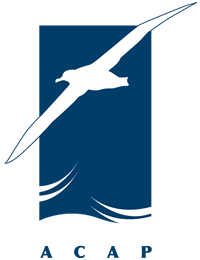
 English
English  Français
Français  Español
Español 